1. What is Change Management and Why is it Important?
Change management involves facilitating the successful implementation of organizational changes, such as software upgrades or process modifications. It ensures that employees understand and embrace the changes, maximizing the benefits and minimizing disruptions to operations. Effective change management is vital for maintaining competitiveness, fostering growth, and ensuring smooth transitions during periods of change.
2. How Does Mosaic Consulting Group Approach Change Management?
At Mosaic Consulting Group, we approach change management as a proactive and collaborative process. We prioritize open dialogue, transparent communication, and stakeholder engagement to foster alignment and collaboration within the organization. Our experienced consultants work closely with clients to develop customized change management plans tailored to their specific needs and objectives.
3. What Are the Key Components of Effective Change Management?
Effective change management involves several key components, including:
• Transparent communication: Sharing the rationale behind the change, how it will unfold, and how it will benefit operations.
• Stakeholder engagement: Involving employees at all levels early on in the change process to address questions, concerns, and resistance.
• Training and support: Providing employees with the knowledge and resources they need to adapt to the changes effectively.
• Leadership buy-in and support: Securing commitment from leadership to champion the change and lead by example.
• Monitoring progress: Continuously assessing and adjusting the change management plan based on feedback and outcomes.
How Does Mosaic Consulting Group Help Organizations Navigate Change?
Mosaic Consulting Group offers comprehensive change management consulting services to help organizations navigate transitions effectively. Our experienced consultants work closely with clients to develop and implement customized change management strategies aligned with their goals and objectives. We provide support throughout the entire change process, from planning and communication to training and implementation, ensuring a smooth transition and maximizing the benefits of the change.
Who Would Benefit from Mosaic’s Change Management Services?
Any organization undergoing significant changes, such as implementing new software like UKG Pro or migrating to newer versions of existing software, can benefit from Mosaic’s change management services. Additionally, organizations looking to optimize their use of UKG modules or improve employee engagement and adoption of new processes would benefit from our expertise in change management.
Change management is a critical aspect of any organizational transition, and effective change management consulting can make all the difference in ensuring a smooth and successful change process. Mosaic Consulting Group offers comprehensive change management services tailored to the unique needs of each client, helping organizations navigate transitions with confidence and achieve their desired outcomes. Whether implementing new software, updating processes, or driving cultural change, partnering with Mosaic can help organizations realize their full potential and thrive in today’s dynamic business environment.

